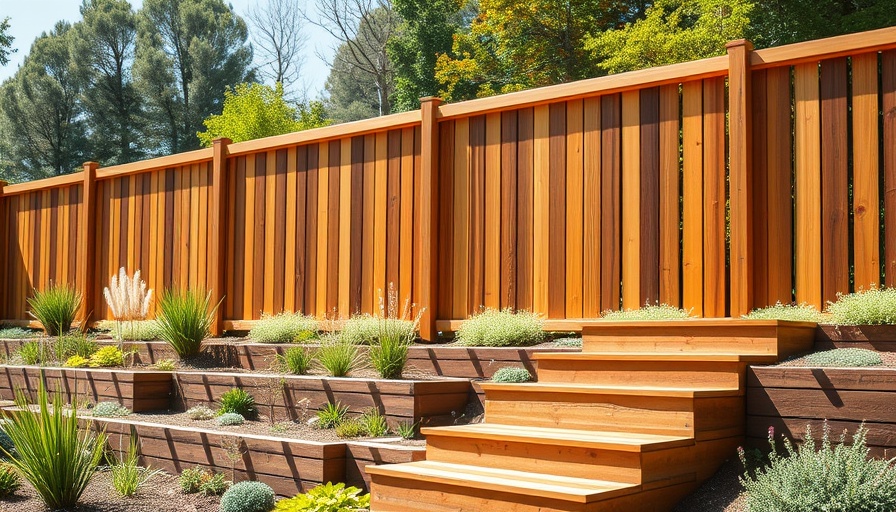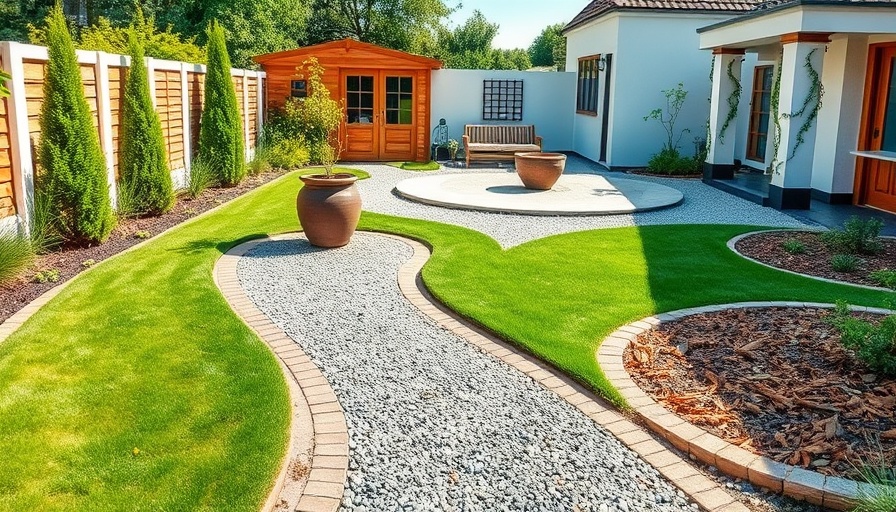
Discovering Sugi: Japan's Cultural Timber Treasure
Sugi wood, harvested from the Japanese cedar tree known as Cryptomeria japonica, is more than just a building material; it's a treasure rooted in Japanese culture. With its bright, pale yellow to light brown hues and subtle reddish undertones, Sugi is not only visually appealing but is also lightweight and durable. The wood's straight grain and fine texture add to its charm, making it a preferred choice for various applications, including traditional crafts, modern furniture, and construction projects.
The Quintessential Resistance of Sugi Wood
What sets Sugi apart is its natural resistance to decay, pests, and fungi. This characteristic enhances its longevity, allowing it to withstand harsh conditions, which is a crucial aspect for home builders and homeowners alike. Sugi wood's durability makes it ideal for outdoor and indoor use, giving homeowners peace of mind when incorporating it into their living spaces.
Sugi vs. Western Red Cedar: A Comparative Overview
When comparing Sugi wood to its North American counterpart, Western Red Cedar (Thuja plicata), several similarities and differences become apparent. Both types of wood are celebrated for their aesthetic appeal and durability, but they originate from different parts of the world, with Sugi rooted in Japan and Western Red Cedar flourishing in the Pacific Northwest.
Visual Appeal: Which One Wins?
Both Sugi and Western Red Cedar boast a fine texture and straight grain. However, Western Red Cedar tends to showcase more pronounced grain patterns and presents a more vibrant reddish-brown color, which some may find more visually striking. This difference might influence your choice based on personal preference or architectural considerations.
Durability: A Parallel Strength
Durability is a significant factor when choosing materials for construction. Sugi wood is revered for its robust natural properties, making it resistant to decay and insects. Similarly, Western Red Cedar excels in durability, particularly in outdoor environments, making both types an excellent choice for homeowners seeking longevity in their building projects.
Applications: Where Each Wood Shines
The applications of these woods vary based on their inherent properties. Sugi wood is often used in temple construction, furniture-making, and traditional Japanese crafts, where its cultural significance adds value. In contrast, Western Red Cedar's weather-resistant qualities make it highly sought after for decking, siding, and even boat building.
Aromatic Qualities: Adding Character
Another delightful aspect both woods share is their aromatic properties. Sugi wood exudes a pleasant scent, enhancing its appeal as a building material in homes and ceremonies alike. Western Red Cedar, known for its earthy and sweet fragrance, creates inviting environments, especially when used in outdoor applications.
Environmental Considerations: A Call for Sustainable Choices
Today, more homeowners and builders are making eco-conscious decisions. Both Sugi and Western Red Cedar are managed through sustainable forestry practices, ensuring responsible harvesting and cultivation. As the demand for environmentally friendly materials rises, choosing these woods can positively impact both your local environment and global sustainability efforts.
Making the Right Choice: An Informed Decision for Homeowners
Ultimately, the decision between Sugi and Western Red Cedar boils down to personal preference, project requirements, and regional availability. By understanding the strengths and unique qualities of each wood, homeowners can make educated choices that align with their aesthetic visions and practical needs.
Whether you're constructing a dreamy backyard retreat or renovating a space in your home, both Sugi and Western Red Cedar offer exceptional qualities that can elevate your project to new heights. Don’t hesitate—explore these unique woods and transform your living space today!
 Add Row
Add Row  Add
Add 


 Add Row
Add Row  Add
Add 

Write A Comment